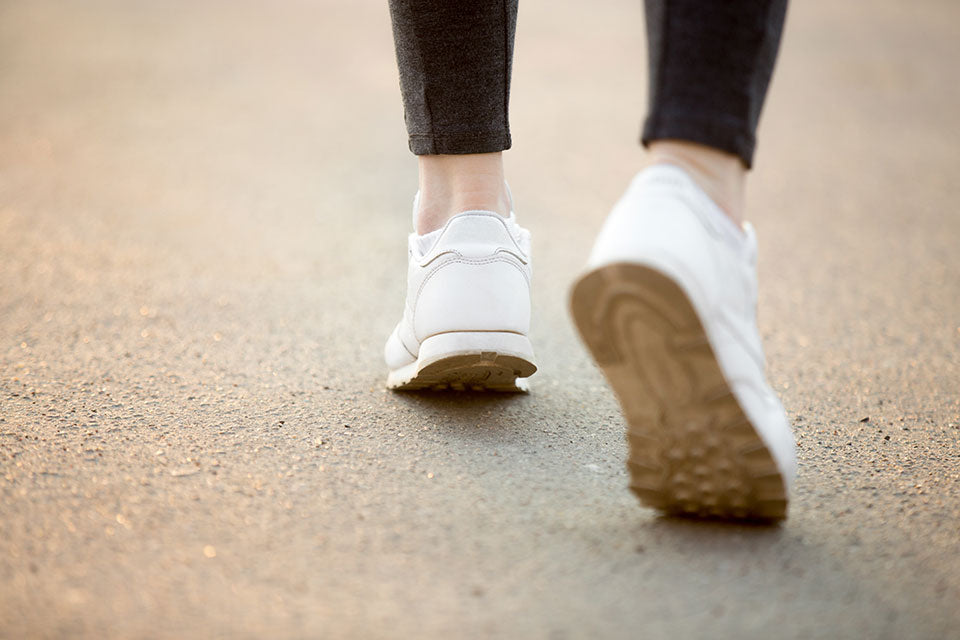Foot pain can sideline many seniors. But the right shoes can help older people with foot problems remain active for years—and orthopedic shoes are often the answer. Here are some factors to consider to help you find the right orthopedic shoes to fit your needs.
What Are Orthopedic Shoes?
Orthopedic shoes support the structure of the foot, ankle and leg with a stable sole and a firm heel. People who have abnormal foot mechanics are more likely to need orthopedic shoes. And seniors often require orthopedic shoes because their bodies change with age and they need shoes that are easy to put on and provide extra comfort.
What Are Some of the Most Common Foot Problems Experienced by Seniors?
Studies show that almost 80% of elderly patients have foot issues—and wearing inappropriate, ill-fitting shoes are a contributing factor. Here are some of the most common conditions:
Arthritis. This is inflammation and swelling of cartilage and lining of joints. It usually increases fluid in the joints, too—all of which can make your feet stiff and painful.
Bunions. A bunion refers to an enlarged bone at the base of the big toe or tissue of the joint that has moved out of place. This causes the big toe to pull toward smaller toes, changing the shape of the foot.
Plantar fasciitis. This is an inflammation of the connective tissue band called the fascia that connects the heel to the base of the toes along the bottom of the foot.
Heel pain. The heel bone is the largest bone in the foot. Heel pain can have a variety of causes such as heel spurs (calcium deposits) and tendonitis.
Diabetes. This disease can cause foot-related complications, such as nerve damage and poor blood circulation, which can result in diabetic foot ulcers on the bottom of the feet.
These conditions often lead seniors to seek out footwear that can accommodate changes in their feet. Loafers, for instance, can often be too constrictive for older adults with edema, also called swelling.
What to Look for in Orthopedic Shoes for Seniors
Whether you need orthopedic sneakers or are simply looking for the best shoes for older adults, be flexible and understand your choices. “Strength, flexibility, disease and their environment are all factors to be considered,” says Ware.
Consider these factors when choosing orthopedic footwear:
Comfort and adjustability. Hooks, loops and Velcro can help make shoes more comfortable and easier to get on and off.
“Seniors, especially men, do not bend well, so they often compromise support for ease of putting on the shoe,” says Ware. “A good trick is to purchase some expandable laces and pre-tie the shoe, converting them into a more accommodating option for support and swelling. The lacing system allows the person to slip the shoe on, much like a loafer.”
Cushioning and shock absorption. The insole is inside the shoe, where the footrests. Shoes with removable insoles give you more flexibility—you can replace them with insoles that provide more cushioning or stronger support.
Traction and grip. The outsole, or the hard bottom of the shoe, should conform to your foot. Nonskid soles can help prevent falls.
Toe box. This is the area in the front of the shoe, where the toes go, and it can be round, pointed or square. Anyone who has worn pointed-toe shoes knows all too well that the toe box can cause discomfort. The deeper the toe box, the more room there will be for your toes.
Tips for Buying Shoes
Shopping successfully for orthopedic shoes requires a little research and strategy.
Know your purpose and foot condition. Talk to your podiatrist. Your doctor can give you shopping guidelines on factors like heel height, width or shoe flexibility. And consider the activities you’ll be doing when you wear the shoe. You may be looking for orthopedic walking shoes or shoes to help with balance problems.
Buy in person or be certain of the return policy. An internet search can help you figure out where to buy orthopedic shoes in your area. But don’t order online if possible. You need to try on shoes to make sure they fit properly. Ideally, you should go to a store that carries a variety of styles. But if you must order online, double-check the company’s return policies before you buy. A size chart and a customer service rep can help, too, whether you’re looking for casual footwear or the best walking shoes.
Shop and try on shoes in the late afternoon or evening. Feet can swell throughout the day, so it’s best to shop toward the end of the day. This will help avoid a tight fit.
Check the fit. Feet can grow as we age and our feet can be different sizes, too. So, it’s a good idea to have both feet measured each time you buy new shoes. Stand while being measured, as your body weight will make your feet expand.
Once you’re trying on shoes, it pays to be nitpicky. You should have one half of an inch between your longest toe and the tip of the shoe. Look for any areas that may rub.
“Pay special attention to the bony prominences of the foot and in particular the ankle bones,” says Ware. “Senior skin is very thin.”
He also suggests avoiding shoes that are too roomy. Too much space can cause excessive movement, and that friction can lead to a sore.
The right shoe won’t need to be stretched by a salesperson or broken in once you get them home.
Don’t go cheap. You don’t need the most expensive shoes. You need the best shoes for you. Well-made shoes can be an investment, but they can often be resoled and repaired, so you can wear them for years to come.

